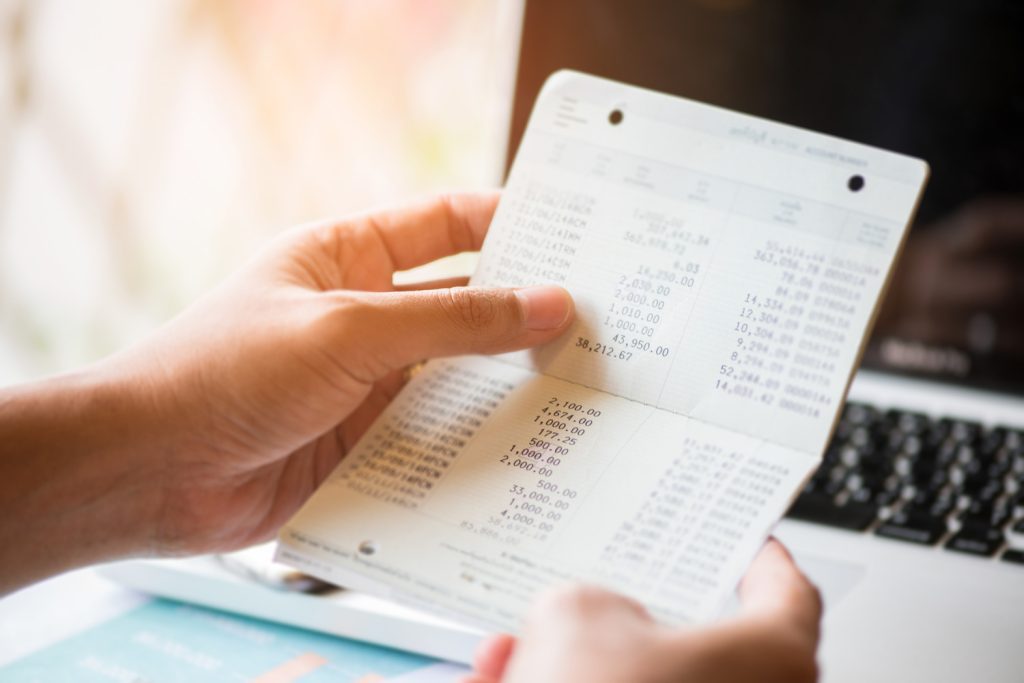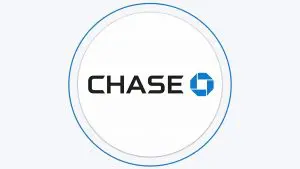Table Of Content
Do Savings Accounts Have Routing Numbers?
Yes, all savings accounts have routing numbers. A routing number is associated with a banking institution rather than being specific to a particular type of account.
You can find your savings account routing number on your checks, bank statements, or online banking portal. If you do not have access to any of these, you can contact your bank for assistance.
What Is A Routing Number?
A routing number, also known as an ABA (American Bankers Association) routing number or a routing transit number (RTN), is a nine-digit code used in the United States to identify the financial institution associated with a particular bank account. Each bank or credit union has its own unique routing number.
By using routing numbers, financial institutions can accurately route funds to the correct banks and accounts, ensuring secure and efficient transactions between different financial institutions.
Routing numbers play a crucial role in various financial transactions, such as direct deposits, electronic funds transfers (EFTs), wire transfers, automatic bill payments, and other forms of electronic transactions.

Finding Your Savings Account’s Routing Number
To find the routing number for your savings account, you have a few options:
Check your bank statement: Your bank statement typically includes your account number and the corresponding routing number. Look for a section labeled “Routing Number” or “ABA Routing Number.” be sure to check the upper right corner. This is where your routing number is usually printed.
- Check your checks: Your routing number is usually printed in the bottom left corner of your checks. It is a nine-digit number that is preceded by a dash.
Contact your bank: You can contact your bank's customer service department either by phone or through their online banking platform. They will be able to provide you with the routing number associated with your savings account.
Visit the bank's website: Many banks have their routing numbers listed on their websites. Look for a section such as “FAQs,” “Contact Us,” or “Customer Service” on the bank's website. You may find the routing number information listed there.
Use online resources: There are several online resources available that provide databases of routing numbers for various banks. You can search for your bank's name and location to find the corresponding routing number.
Remember that routing numbers can vary based on the region or state where your account was opened.
What To Do With Your Savings Account’s Routing Number?
Once you have obtained your savings account's routing number, you can use it for various purposes, including:
Direct deposits: Provide your routing number along with your savings account number to your employer, government agency, or any other entity that offers direct deposit services. This enables them to transfer funds directly into your savings account.
Electronic transfers: If you need to transfer money from your savings account to another account, such as another bank account you own or a friend's account, you will typically need to provide the routing number of your savings account.
Bill payments: Some bill payment services may require your savings account's routing number to set up automatic payments from your savings account. This allows bills, such as mortgage payments or utility bills, to be deducted directly from your savings account.
ACH transactions: If you engage in electronic transactions, such as online purchases or payments, the routing number may be requested to ensure the secure transfer of funds.
It's important to note that savings accounts are generally intended for saving and may have restrictions on the number of withdrawals or transactions you can make per month
Checking vs Savings Accounts Routing Numbers: What's The Difference?
Generally, there is no difference between checking and savings accounts routing numbers. Both checking and savings accounts have a nine-digit routing number that identifies the financial institution where the account is held. It is used to process electronic payments, such as direct deposits and bill payments.
The primary difference between checking and savings accounts routing numbers is the type of account they are associated with. Here are the key distinctions:
Account Type: Checking Account routing numbers are specifically linked to checking accounts, which are transactional accounts designed for everyday banking needs. Savings Account routing numbers, on the other hand, are associated with savings accounts, which are primarily used for accumulating and growing funds over time.
Transaction Types: Checking accounts are typically used for frequent transactions such as withdrawals, deposits, payments, and transfers. While savings account routing numbers can still be used for transactions, the restrictions on these accounts often make them less frequently used for transactional purposes.
Bank Operations: Routing numbers are used to identify specific banks or credit unions, and each financial institution typically has a unique routing number. The same bank may have different routing numbers for its checking and savings accounts, as they are considered separate account types. This differentiation helps banks direct transactions accurately based on the type of account involved.
Bottom Line
Savings accounts have routing numbers, nine-digit codes that identify the bank where the account is held. They are crucial for electronic payments like direct deposits and bill payments. You can find your routing number on checks, bank statements, or online banking. If unavailable, contact your bank for assistance.
Routing numbers are assigned by the Federal Reserve Bank and used to identify the bank for electronic payments and checks.
FAQs
Can I change my savings account routing number?
No, you cannot change your savings account routing number. It is assigned by the financial institution and remains the same as long as you hold the account with that particular bank.
What do I need to do to set up direct deposit into my savings account?
To set up direct deposit into your savings account, you will need to provide your bank with your employer's routing number and your savings account number.
What do I need to do to transfer money from my checking to savings?
To transfer money from your checking account to your savings account, you can usually do so online or by calling your bank.
What do I need to do to wire money from my savings account?
To wire money from your savings account, you will need to contact your bank and provide them with the recipient's bank information, including their routing number and account number.
What is the purpose of a savings account routing number?
The purpose of a savings account routing number is to identify the financial institution where your savings account is held. It is used to process electronic payments, such as direct deposits and bill payments.
What do I need to do to pay bills online using my savings account?
To pay bills online using your savings account, you will need to provide your biller with your bank's routing number and your savings account number.
How do routing numbers differ from account numbers?
Routing numbers identify the financial institution, while account numbers identify your specific account within that institution.


















